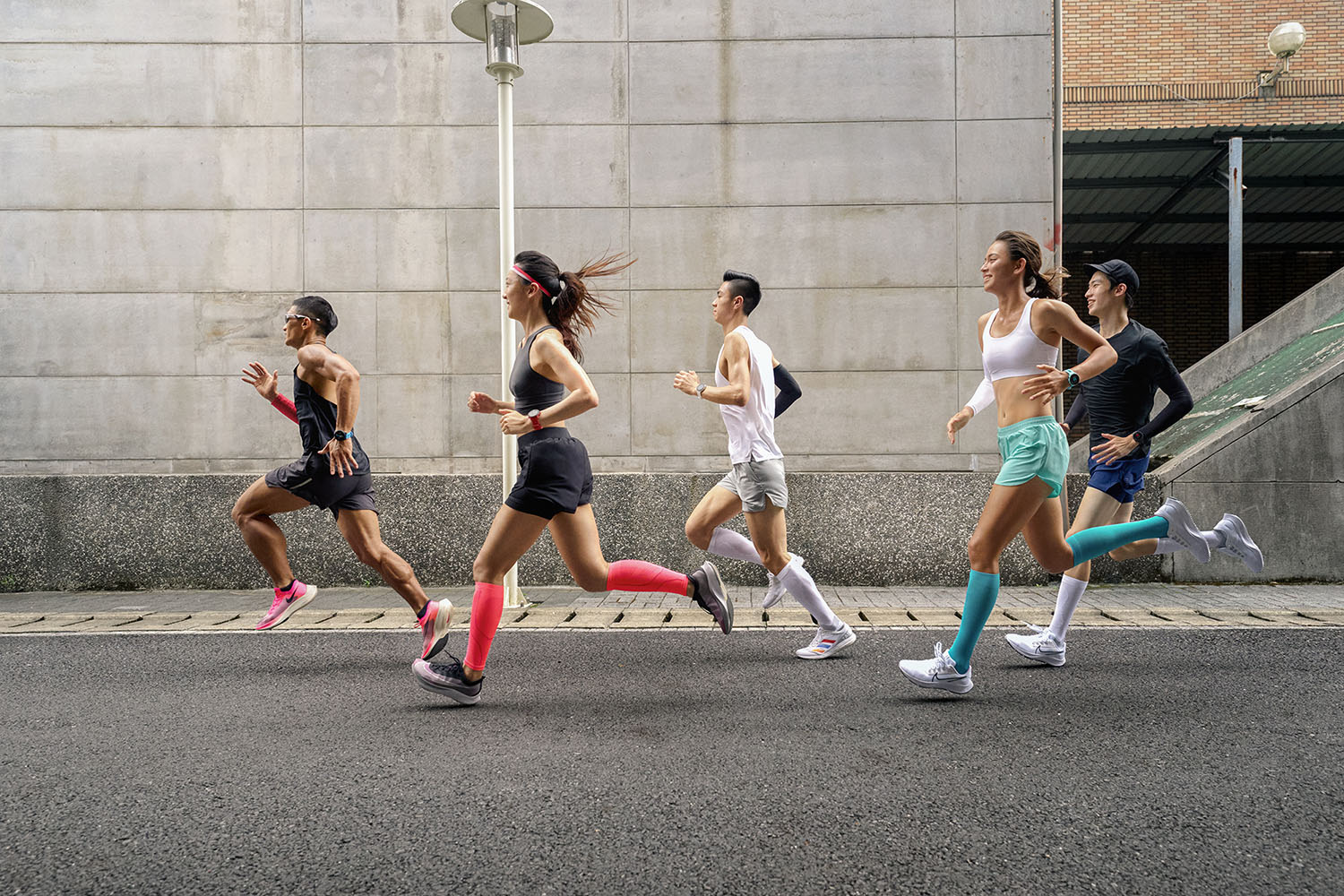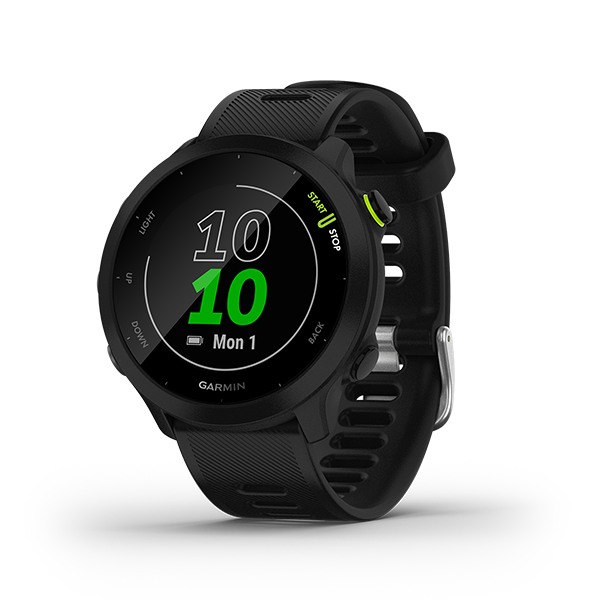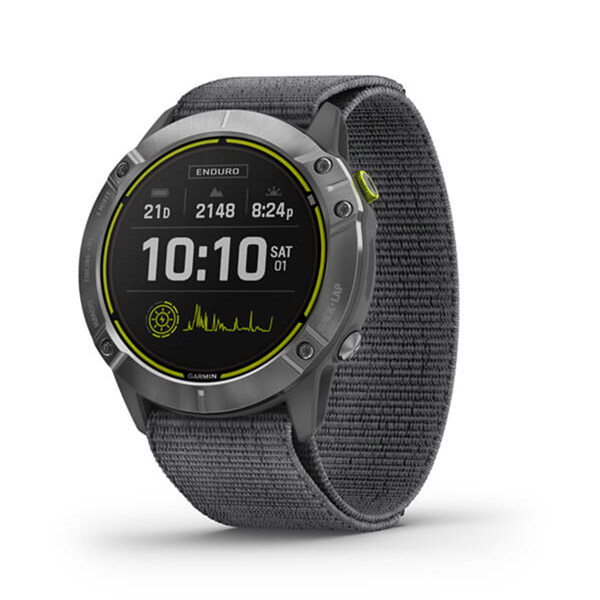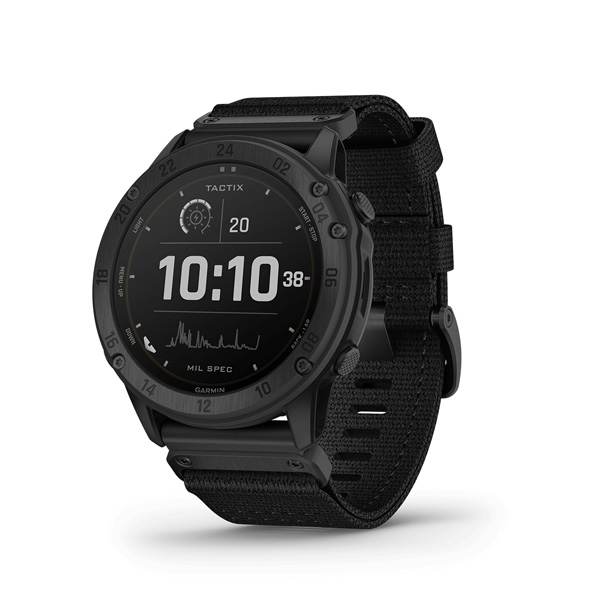
Optimizing Your Post-Exercise Routine
By Jackie Edwards
Researchers at the National Sports Institute of Malaysia, Aspetar partnered with international colleagues to deliver a new report on how athletes trained during the COVID lockdown. Jad-Adrian Washif, a lab head at the National Sports Institute and one of the project’s leaders, commented on the report’s findings in an interview with Loughborough University. According to Jad-Adrian, Olympic-level athletes were better at maintaining their training regimens than the rest of the athletes surveyed. “Regardless, our data showed that athletes… require assistance during lockdown like situations,” he said. Athletes benefit from the assistance of peers, coaches, and other supporters in areas like motivation, training, and mental well-being.
With COVID variants threatening to impede a full return to normalcy, it’s important for athletes and sports enthusiasts alike to find routines that they can fall back on when meeting with others isn’t possible. Post-sports activities are a great place to start. By managing your diet, taking care of your body, and getting some exercise in between sports sessions, you can help keep your body in great shape on your own, even during a lockdown.
Pay Attention To Your Diet
If you’re trying to build muscle, you’re probably consuming protein shortly after your workout. Downing a protein shake doesn’t just help you bulk, however. Eating between 20 and 40g of protein after a workout has been linked to enhanced recovery, while the carbs in your protein drink give your body the resources it needs for glycogen synthesis, replenishing your energy reserves. Research suggests that you want to consume about 5 calories of carbs per kg of body weight within 30 minutes of your sports session to get the best recovery possible. You don’t need to literally drink a protein shake, but you do want to eat something that’s fairly high in carbs and has at least 20 grams of protein. While some experts recommend avoiding fats, studies suggest that there’s nothing wrong with consuming high-fat foods during your post-game feast. As long as your meal has carbs and protein, you’ll still get the positive benefits of both.
Let Your Muscles Recover
A gentle massage and some stretching can work wonders at preventing injuries and helping you stay spry between sports sessions. Roller massagers and balls are popular among some athletes, but advances in batteries and electric motors have made massage guns more powerful and affordable. They’re not just for self-use, either: massage gun benefits include the ability to precisely target particular muscle areas with high-intensity massaging action, multiple heads for different types of work, and the ability to massage for long sessions without your hands or arms getting sore. They’re increasingly being used by massage therapists and physical therapists for many types of work. Whether you use a roller, a gun, or your hands, a massage can help your muscles relax, reduce soreness, and help your muscles recover.
Exercise To Boost Your Performance
Spending some time doing strength training or cardio in between games can help elevate your performance within your sport of choice. In terms of your post-sport routine, however, it’s probably a good idea to include other types of training. Activities designed to increase your flexibility and get your body moving in different ways can help to minimize your risk of injury. Try doing a quick set of stretches, then think about the muscle groups you’re using while you engage in your sport. Use tools like resistance bands or small weights and get your body moving along other axes and engaging different muscles. Your goal here isn’t necessarily to build a whole lot of strength, but rather to activate muscles in different ways to keep your body balanced.
One of the biggest conclusions that Jad-Adrian Washif and his team of authors came to in their study was that many athletes had a surprising lack of basic knowledge when they found themselves on their own. Taking the time to build healthy pre-sport and post-sport routines now can help fill in these knowledge holes. Things like drinking a protein shake after a strenuous game, using a massage roller to work on a sore muscle, or stretching before you return to your car seem basic — and they are — but when you suddenly remove in-person social interactions from the equation, many of these basic routine elements get lost. A formal post-sport care routine can give you a definitive checklist of quick, easy, and effective activities that you can perform to keep yourself in the game and injury-free.







